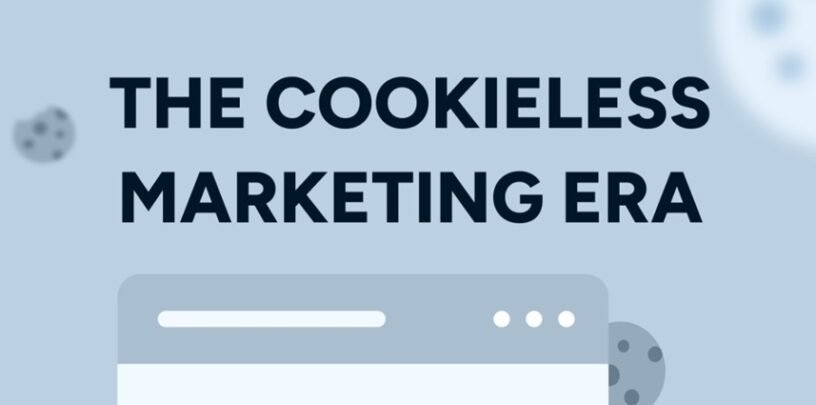Table of Contents
Introduction – Cookieless Marketing
In the ever-evolving landscape of digital marketing, a seismic shift is underway that promises to reshape how businesses connect with their audiences online: cookieless marketing. If you’re in the realm of digital advertising or even just a curious onlooker, understanding this concept is crucial for staying ahead of the curve.
What are Cookies and Why the Shift?
First things first, let’s demystify cookies. No, we’re not talking about the delicious treats your grandma bakes, but rather the digital counterparts that track your online behavior. These tiny bits of code are embedded in your browser and help websites remember your preferences and browsing history. For marketers, cookies have been invaluable in targeting ads and measuring campaign effectiveness.
However, concerns over user privacy and data security have prompted major changes. Legislation like GDPR in Europe and CCPA in California have tightened regulations around data usage, pushing tech giants like Google to announce the phasing out of third-party cookies by 2023.
The Rise of Cookieless Marketing
So, what does this mean for marketers? Enter cookieless marketing, a strategy that focuses on alternative methods to gather data and deliver personalized experiences without relying on third-party cookies. This shift is not just about compliance; it’s about rethinking digital strategies to build trust with consumers while maintaining effective advertising practices.
Strategies for Success in a Cookieless World
- First-Party Data: Directly collected from your audience, first-party data includes information voluntarily shared through interactions like website visits or newsletter sign-ups. By leveraging this data ethically, businesses can still personalize content and ads based on genuine user preferences.
- Contextual Targeting: Instead of tracking individual users, contextual targeting places ads based on the content of the webpage being viewed. For instance, if someone is reading an article about fitness, ads for sports equipment or wellness products would be displayed.
- AI and Machine Learning: Advanced algorithms can analyze patterns in user behavior without breaching privacy. This allows marketers to understand audience segments and deliver relevant content without relying on intrusive tracking mechanisms.
Real-Life Examples
Take the case of The New York Times, which adapted swiftly by enhancing its first-party data collection through personalized newsletters and exclusive content for subscribers. By understanding reader preferences directly from interactions, they maintained engagement and relevance without compromising privacy.
Similarly, Nike utilized contextual targeting effectively by aligning their ads with content related to sports and lifestyle across various platforms. This approach ensured their messages reached the right audience at the right moment, resonating authentically without intruding on personal data.
The Future Is Bright
As we navigate this new era of digital marketing, one thing is clear: cookieless doesn’t mean clueless. It’s an opportunity to innovate, build stronger connections with consumers, and foster trust through transparency and respect for privacy. By embracing these changes proactively, businesses can stay relevant and resilient in a landscape where user empowerment and data privacy take center stage.
Conclusion
In conclusion, while the end of third-party cookies marks a significant shift, it’s also a chance for marketers to rediscover creativity and authenticity in how they engage with their audience. By prioritizing ethical data practices and embracing new technologies, businesses can thrive in the era of cookieless marketing, ensuring that every interaction adds value without compromising user trust.
Remember, the future of digital advertising is not about what we lose, but what we gain in terms of consumer trust, relevance, and meaningful connections. So, are you ready to take your marketing strategies to the next level in this cookieless world? Let’s embark on this journey together!




Leave a Reply